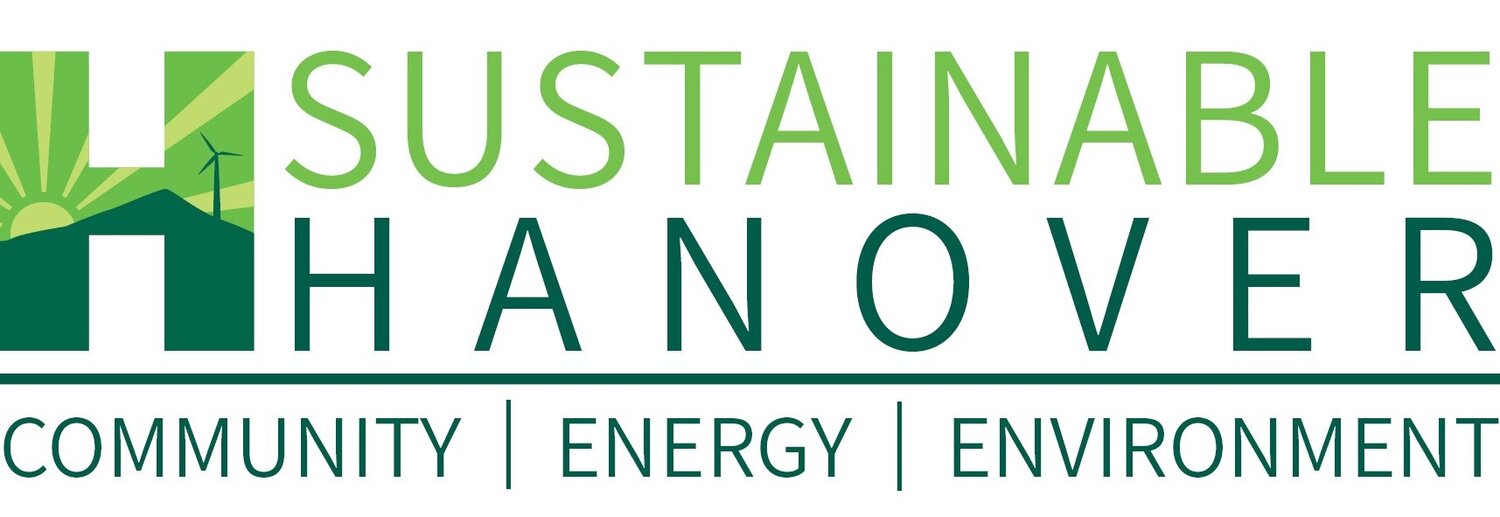Community Power Launches Successfully
Hanover led toward renewables as community power successfully took on the responsibility to buy electricity for more than 75,000 customers in ten cities and towns across New Hampshire.
Preliminary figures projected the supplier shift will save Hanover customers $576,000 over the first three months, while collecting cash in local reserve funds and making a modest climate-saving increase in purchases of renewable energy. Savings through July for ratepayers across all ten communities will total an estimated $5 million.
As of late May, only 311 customers in the ten cities had “opted out” of community power to stay with utility-bought power, investor-owned utilities reported. Almost all the rest were automatically switched to buying power through Community Power Coalition of New Hampshire (CPCNH). (Some exceptions were customers with solar panels whose net-metering arrangements with utilities could not be transferred promptly for technical reasons.)
Offered a choice of four cheaper rates than utilities are charging, ratepayers almost universally stuck with the rate and percent of renewable power that was chosen by their local community power committee as the “default” service. This was no surprise, said Judi Colla, co-chair of the Sustainable Hanover Energy Subcommittee and its electricity panel: Hanover Community Power. “It’s true nationally,” said Colla, “whatever your default is they go with it.”
Most communities set their default as “Granite Basic”, the lowest rate which matched the 23.4 percent, minimum-allowable renewable content of utility power for a price of 15.8 cents per kilowatt hour. This gave them a hefty discount from rates charged by utilities: 22 cents for Liberty, 20.2 cents for Eversource and 25.9 cents for Unitil.
Three communities pushed their default price up a notch to “Granite Plus”, which supplied 33 percent renewable power for a slightly higher rate: 16.2 cents per kilowatt hour. Hanover, Plainfield and Peterborough went with “Plus”, and early reports showed 93 percent to 96 percent of their electric customers went along.
Hanover has been pushing to achieve 100 percent clean electricity by 2030. Colla said it was “fortunate” that Hanover made a step in that direction by making “plus” the default option. She said Sustainable Hanover will mount a campaign to encourage people locally to “opt-up” to higher renewable content.
A few community power newcomers opted to pay a higher rate for cleaner power than their local default: 279 chose the intermediate “Clean 50” rate, 50 percent renewable power for 16.9 cents per kilowatt hour, and 590 made commitments to “Clean 100”, which offers all-renewable power for 19.1 cents per kilowatt hour (still cheaper than the utilities). A total of 48 Hanover customers went with Clean 50 and 89 rose to Clean 100.
In all cases where Community Power New Hampshire took over buying power, the price customers pay will be included in their bills from the utility serving their area. Utilities will also continue to charge for maintaining power lines, which remains their responsibility.
This is only the beginning of a major shift in electric service in the granite state. Another 20 or 30 communities have expressed interest in joining the community power system, said Henry Herndon, a consultant for CPCNH. Those that decide to proceed need to get approval of local governments and select representatives to serve on CPCNH.
